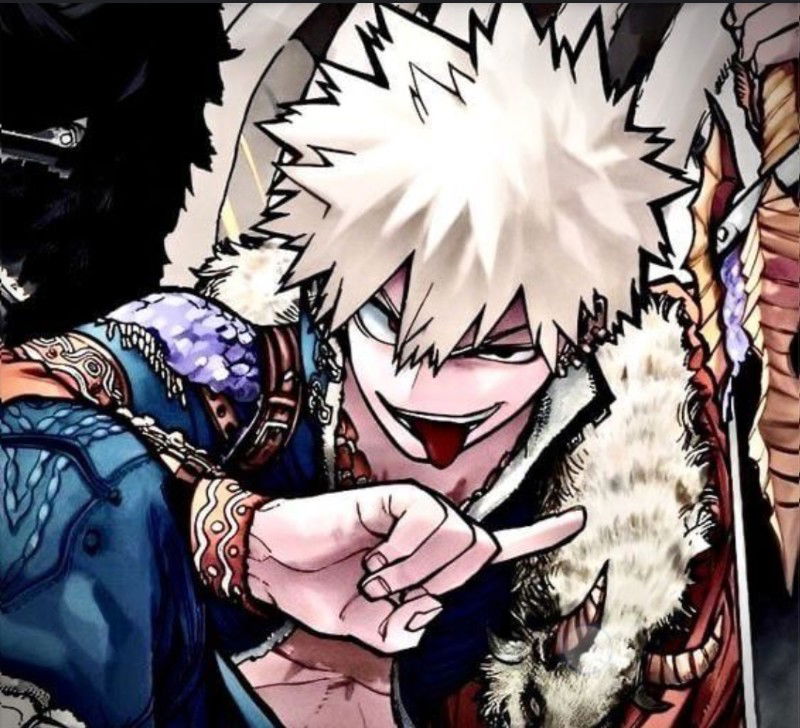The versatility of image to prompt technology makes it invaluable across a wide spectrum of industries and creative pursuits.
1. AI Art Generation
Perhaps the most popular application is in the realm of AI art. Users can upload an image, and the AI generates a textual prompt that captures the essence of that image. This prompt can then be used with text-to-image models (like Stable Diffusion, Midjourney, or DALL-E) to create variations, reinterpretations, or entirely new artworks inspired by the original.
- Example: Upload a photograph of a serene forest landscape. The AI might generate a prompt like: "A tranquil forest bathed in golden sunlight, with tall ancient trees, dappled light filtering through the canopy, and a gentle stream winding through moss-covered rocks, in the style of impressionism." This prompt can then be used to generate numerous artistic renditions of the scene.
2. Content Creation and Marketing
Marketers and content creators can leverage this technology to quickly generate descriptive text for product images, social media posts, or website content. It streamlines the process of writing alt text for images, creating engaging captions, and even developing product descriptions.
- Scenario: A fashion e-commerce site uploads a picture of a model wearing a new dress. The image to prompt tool can generate a prompt like: "A young woman in a flowing emerald green cocktail dress, standing confidently, with elegant jewelry and a subtle smile, perfect for evening wear." This can be adapted into compelling product copy.
3. Accessibility
For visually impaired individuals, image-to-prompt technology can serve as a powerful assistive tool. It can describe the content of images, providing a richer understanding of visual information shared online or in personal photos.
- Impact: Imagine someone browsing a photo album online. An image-to-prompt system could read out descriptions of the photos, allowing them to experience the memories more fully.
4. Data Annotation and Training
In machine learning, accurately labeling data is paramount. Image-to-prompt systems can automate parts of the data annotation process by generating initial textual descriptions for images, which human annotators can then refine. This speeds up the creation of training datasets for various AI models.
- Efficiency: Instead of manually typing descriptions for thousands of images of cats, an AI can generate prompts like "A fluffy ginger cat sleeping on a blue sofa" or "A black cat with green eyes looking curiously at the camera," significantly reducing manual effort.
5. Search and Information Retrieval
Enhanced image search capabilities can be built using this technology. By converting images into descriptive text, search engines can better understand the content of visual media, leading to more accurate and relevant search results when users query using text.
- User Experience: A user searching for "pictures of vintage cars in Paris" could potentially find relevant images even if those images don't have explicit text tags, provided their visual content is accurately described by an image-to-prompt system.

